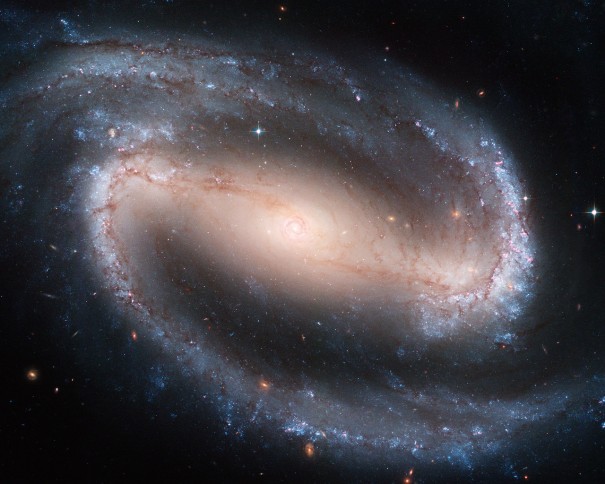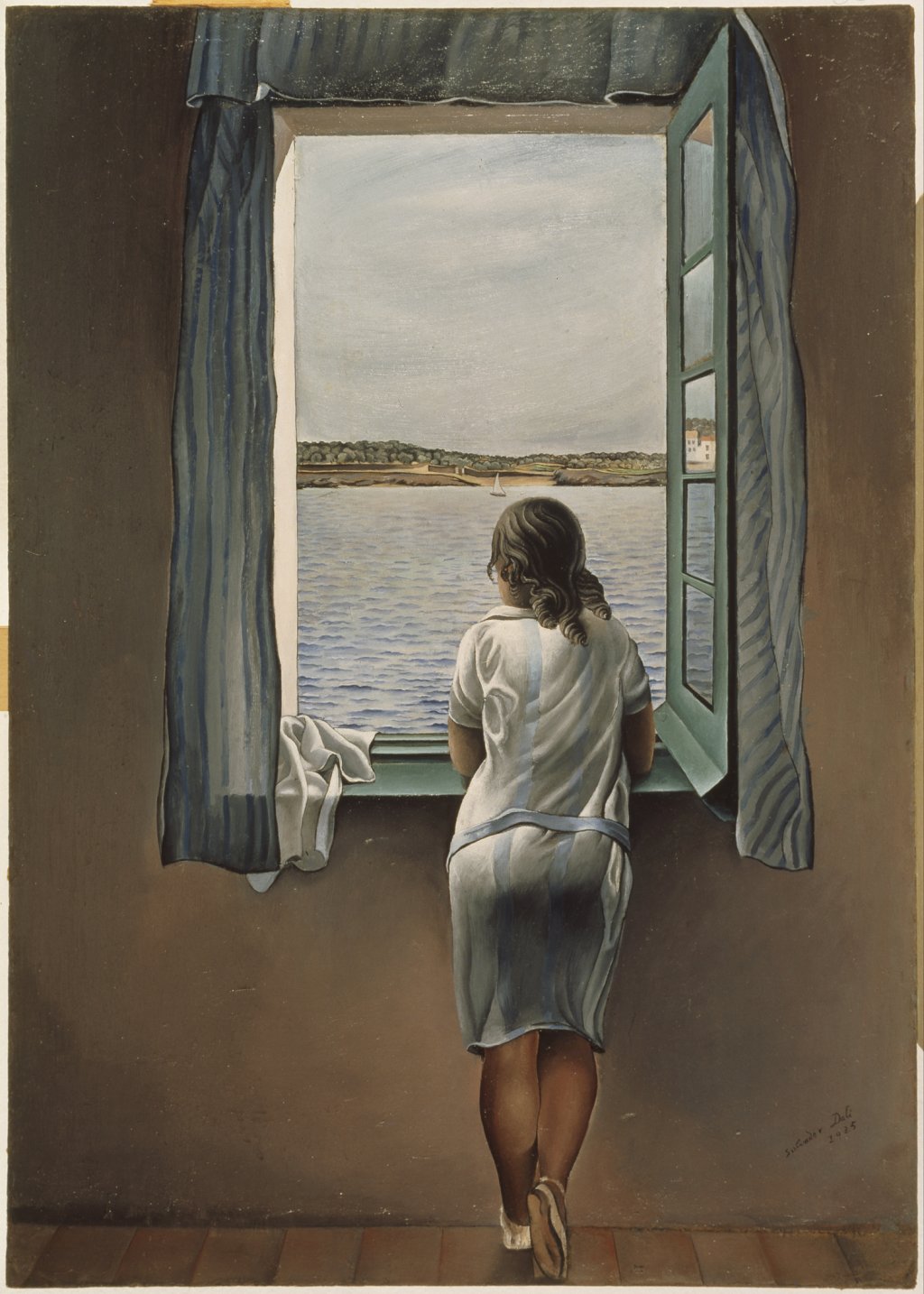
It is quite insane how people identify with a religion or social group or cause and label themselves as such without a thought towards what they are supposed to represent.
Take any case in point.
The Christian. Or the Agnostic. Or the Feminist. Or the Liberalist…….
To call yourself a Christian is nothing more than a force of utterance. It is a label you strap around your head and it makes you feel you belong to some kind of clan, to some kind of oppositional camp that has a better grip on reality than the other labels. But they are all labels and shameful labels at that. Their real inspiration derives from feelings of superiority and the holier than thou nonsense, as if the perceptive arrangements your group has concluded have an exclusive right to judge others and deflate what others subscribe to.
Why do I say this? Well just focus on Christianity for the moment.
One of the basic premises of Christianity is Love……Love Thy Neighbour and all the other remaining basic Commandments.
If you consider yourself a Christian then you have to agree that you consider yourself a practising Christian, one who is guided by these all pervasive tenets of Christian dogma.
If you identify as a Christian then I take it you strive to live by these commandments however difficult it may be to achieve these Christian ideals. Your aim in life is to practise through trial and error the basic commandments of the Christian faith and apply these principles into your everyday behaviours and attitudes.
This is not rocket science. It is very simple and straightforward. Where there seems to be a problem is in the idea that somehow an interpretation needs to be factored in.
This is where the hypocritical insanity takes over and the reality is lost at sea and floating on a flimsy raft of meaningless words.
e.g. Thou Shalt Not Kill. This is a very simple request and a basic commandment. It probably arose in a setting where killing got out of hand and it was borne out of necessity. Taking aside the functional purpose of killing and eating other animals the commandment is very straightforward. But after the initial calm settles in some argue that this generic definition does not meet socially accepted standards, for example the reality of tribal wars, and the need to recruit, so therefore a need arose for expediency and necessity- the need to change the original wording to the socially legal term of “murder”. This makes the commandment less hypocritical and better equipped to face the expectations of community aplomb.
So the commandment changes and becomes, “Thou Shalt Not Murder.” The nuances of the word “kill” are forever altered, confusion takes over, snowballing into a mixed bag of treats waiting for entrepreneurial ingenuity to pick and package a particular interpretation and forcing reality to take a nose dive, sinking into the depths of culpability and human fondness to conflict.
Now this is what happens when the politics of any social group manipulates a simple tenet to accommodate a specific context. Certainly reality is not a simple cut and dry affair so the idea of tightening the definition to embrace a changing context is nothing new. But why?
It can be understood that social, legal terms need to be strictly defined and leave nothing open in the equation for meaning because that is the way the law operates. Leaving a law open to individual interpretation and therefore misinterpretation would render it almost meaningless and ineffectual in a society looking to construct uniformity and civilised behaviour patterns. First degree murder, manslaughter all have their role to play in law. And the law does constantly adapt and change to suit new circumstances and contexts in an imperfect way, but nonetheless evolutionary in its purpose to embrace a concept of unmitigated fairness.
But do the same procedural practices apply to a spiritual quest for personal salvation? Or a pragmatic search for a better lifestyle? Or set of attitudes? Isn’t the basic foundation underpinning religious belief or improvement in lifestyle attitudes that people begin in these journeys as uninitiated, imperfect prototypes? That individuals have an inherent need to undergo a personal process of trial and error to achieve a personal ideal and in this way forge spiritual or pragmatic fulfilment? What is personally and morally right or wrong is a deeply personal discovery and there is an underlying assumption that a person’s instinct, conscience, humanity helps to override any misinterpretation and guide the unenlightened to some kind of personal awakening.
If the wording does not fit or meet the needs of a contemporary context then the belief system is outdated and therefore an anachronism. It should be discarded into the wastebins of history. Trying to adapt it to a new set of circumstances is like grasping on to an alien life- jacket floating on the seas of Jupiter.
Forcing an interpretation on a simple request such as ” Thou Shalt Not Kill” should set the alarm bells clanging away warning the individual that something is amiss, to question who exactly has the right interpretation. When people start toying with the basic tenets of Christianity or any social cause then this process sets off the chain reaction of political manipulation whose imperative is to confuse, divide and rule.
This process of obfuscation is very much like George Orwell’s “Animal Farm” when the pigs are defining their authority by reinterpreting the revolutionary manifesto of equality and insert the notion that some are more equal than others. This ofcourse is to justify their ongoing ascent into privileged lifestyles and outcomes of authority over the rest of the animals on the farm.
These techniques share many similarities with the processes underpinning advertising. What advertisers do to a basic product is to offer a reinterpetation of that product. Advertisers do not sell a basic product but a carefully designed manipulation of how we identify with that product. So associations of strength, coolness, power and individuality, for example are toyed with for the prime purpose of harnessing unsuspecting individuals into buying something and satisfying an emotional identification. These processes of advertising are also used to divide and reinforce brand loyalties and to construct group loyalty.
If you indulge in a simple experiment and exchange the label from Christian to any other one including, feminisim, islamism, protectionism, isolationism, atheism, deism, judaism, patriotism, liberalism to name just a few off the cuff, I think the argument of the title rings true; our collective sense of reality is drowning, and it is drowning in a quagmire of self perpetuating conflict and hostility, divorcing us from our humanity and reflective compassion for our species.













